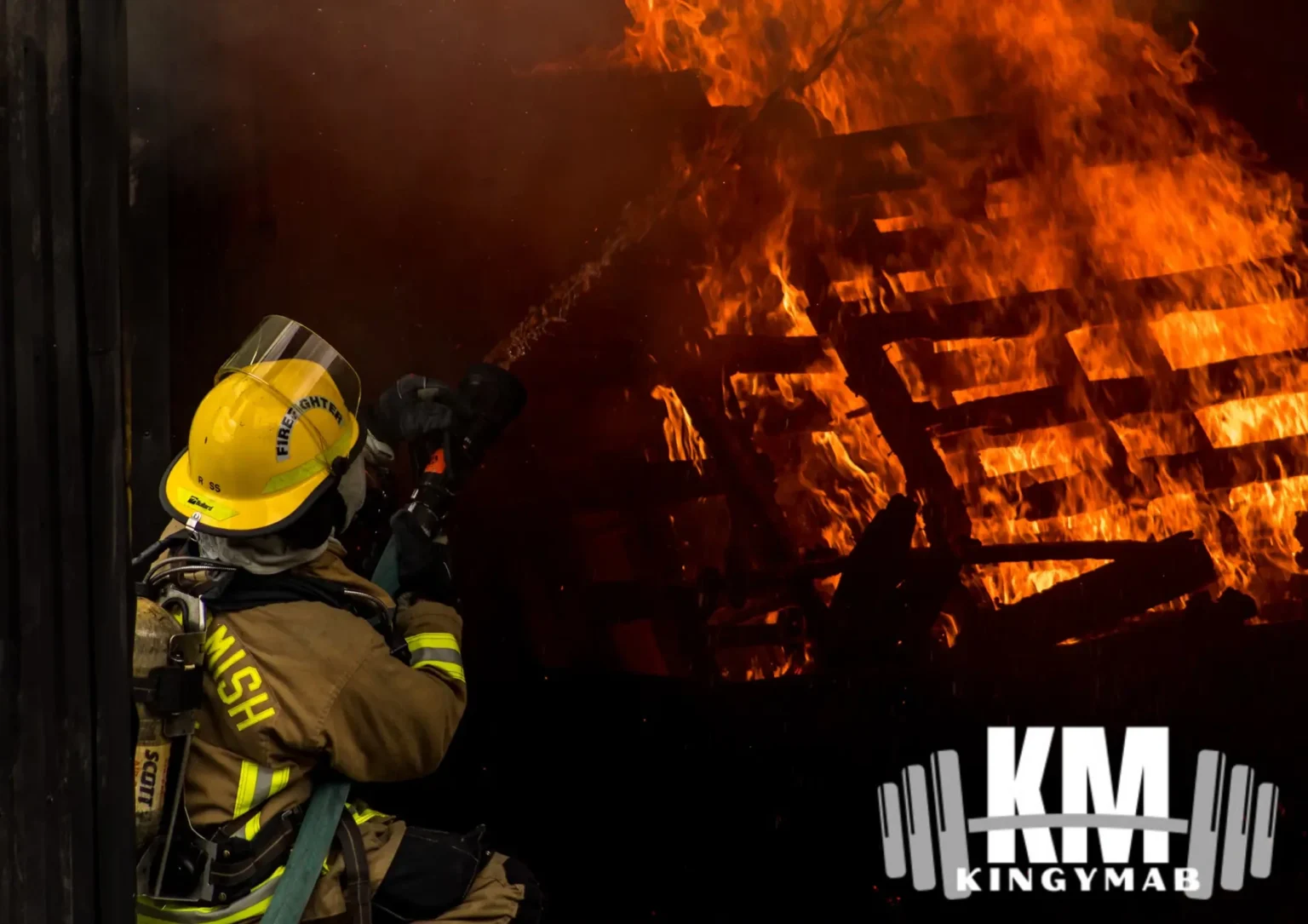For decades, aqueous film-forming foam (AFFF) was the firefighting hero, blanketing infernos and saving lives. But a dark secret lurks beneath its firefighting prowess.
AFFF contains per- and polyfluoroalkyl substances (PFAS), a group of “forever chemicals” known for their persistence in the environment and potential health risks. Firefighters who use AFFF and communities living near contaminated sites face a different kind of firestorm – the fight for their health and safety.
The Risks of AFFF
While AFFF effectively extinguished fuel fires, it left behind a legacy of PFAS contamination. These chemicals seep into soil and water, making their way into drinking water supplies and the food chain. Firefighters exposed to AFFF during training and emergencies face a heightened risk of various health problems, including several types of cancer.
The Lawsuit Information Center highlights that studies suggest a link between AFFF exposure and cancers like renal, testicular, and certain types of leukemia. Firefighters on the job are routinely exposed to AFFF during training exercises that simulate real-world firefighting scenarios. Additionally, emergency response situations involving flammable liquids often necessitate the use of AFFF to extinguish the flames.
PFAS may weaken the body’s ability to fight infections and diseases. A healthy immune system is critical for firefighters, who are constantly exposed to germs, smoke, and other hazards during their work. Weakening the immune system due to PFAS exposure can leave firefighters more susceptible to illnesses and infections, further jeopardizing their health and safety.
Communities on the Front Lines
Firefighting foam training grounds and airports using AFFF often become hotspots for PFAS contamination. Communities surrounding these sites are unknowingly exposed to contaminated drinking water and food sources.
This can lead to a range of health concerns, mirroring those seen in firefighters, causing immense physical and emotional distress. People living near firefighting training grounds or airports that use AFFF are at risk of ingesting PFAS-contaminated water or food. The Guardian notes that almost 245 military sites in the United States are contaminated with PFAS.
These chemicals can seep into the ground and migrate into private wells or public water supplies. Additionally, crops grown in contaminated soil or animals raised near these sites can also become tainted with PFAS. This creates a significant public health concern for entire communities, potentially impacting the health of residents of all ages.
The Rise of AFFF Lawsuits
TorHoerman Law notes that thousands of firefighters and affected residents have filed lawsuits against AFFF manufacturers for damages and emotional suffering caused by exposure. Drugwatch states that about 9,198 lawsuits are pending under the AFFF multidistrict litigation in South Carolina.
Firefighters and communities affected by AFFF pollution are suing the producers of this firefighting foam in an attempt to bring them to justice. The goal of this firefighter foam lawsuit is to make manufacturers answerable for their negligence in disclosing the health hazards connected to AFFF.
A Burning Need for Safer Alternatives
As AFFF’s dark side becomes more evident, the need for safer firefighting alternatives becomes paramount. Research is underway to develop effective fire suppression foams that are free from harmful PFAS chemicals. Transitioning to these alternatives is crucial to protect firefighters and communities from future contamination.
The continued use of AFFF poses a significant risk to firefighters and public health. Therefore, the development and implementation of safer firefighting alternatives is essential.
Researchers are actively working to create new fire suppression foams that are just as effective as AFFF without harming human health or the environment. According to a recent post by the National Fire Sprinkler Association, one such alternative is SFFF or synthetic fluorine-free foams. They behave similarly to AFFF without having to utilize PFAS.
FAQs
Is AFFF a carcinogen?
AFFF, or aqueous film-forming foam, is not considered a carcinogen on its own. However, it includes PFAS chemicals, which have been linked to cancer and other health risks. Long-term exposure to PFAS can raise the chance of developing cancer and other significant health concerns.
How does AFFF affect the body?
AFFF affects the body primarily through the PFAS chemicals it contains. These substances can accumulate in the liver, kidneys, and blood, leading to potential health issues like liver damage, immune system suppression, and cancer. They can persist in the body for years, exacerbating health concerns.
What is the difference between SFFF and AFFF?
SFFF, or synthetic fluorine-free foam, does not contain PFAS chemicals, unlike AFFF. It is designed to be a safer, environmentally friendly alternative. SFFF is effective for fire suppression while avoiding the health and environmental risks associated with PFAS.
AFFF’s legacy is a cautionary tale, highlighting the need for stricter regulations on firefighting chemicals and prioritizing firefighter safety. While lawsuits hold manufacturers accountable, the real solution lies in developing and adopting effective PFAS-free alternatives like SFFF.
Protecting firefighters and communities from invisible threats like PFAS demands a multi-pronged approach that prioritizes health and environmental safety.


